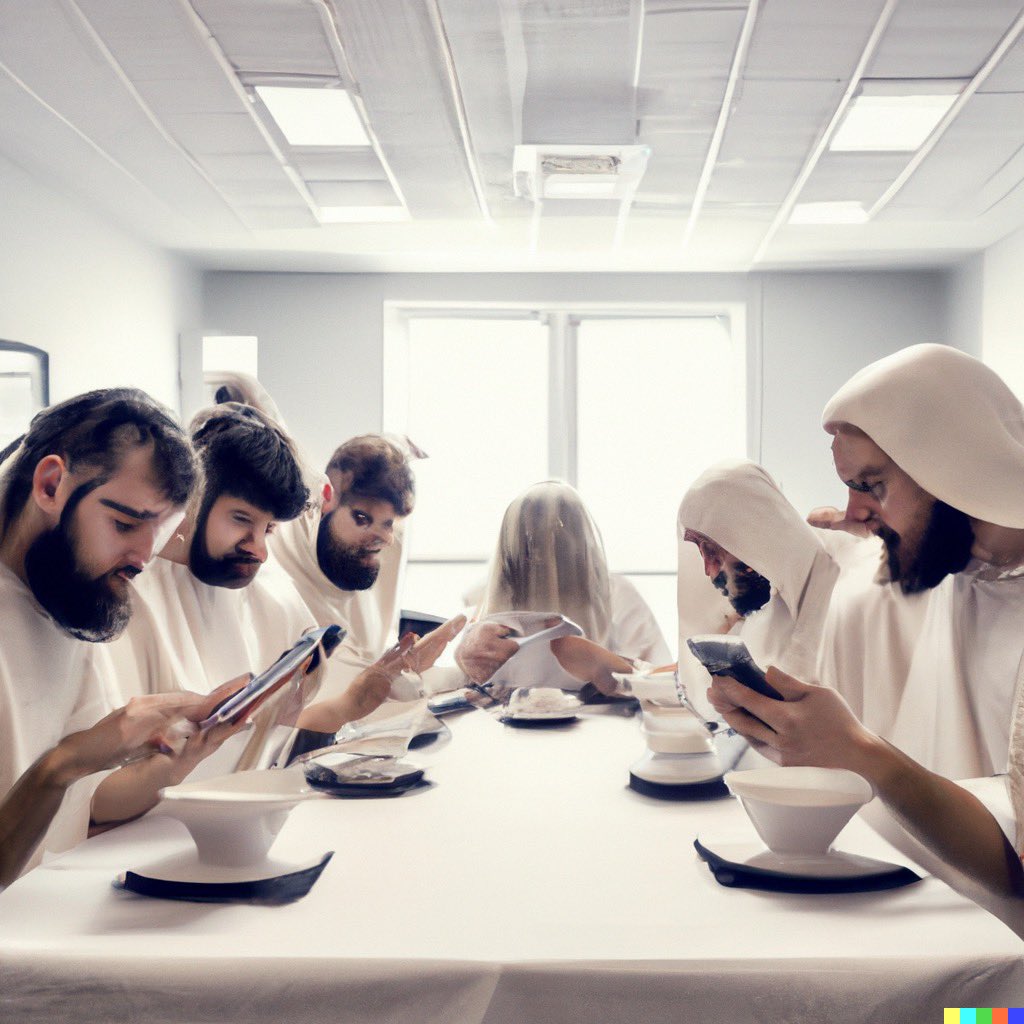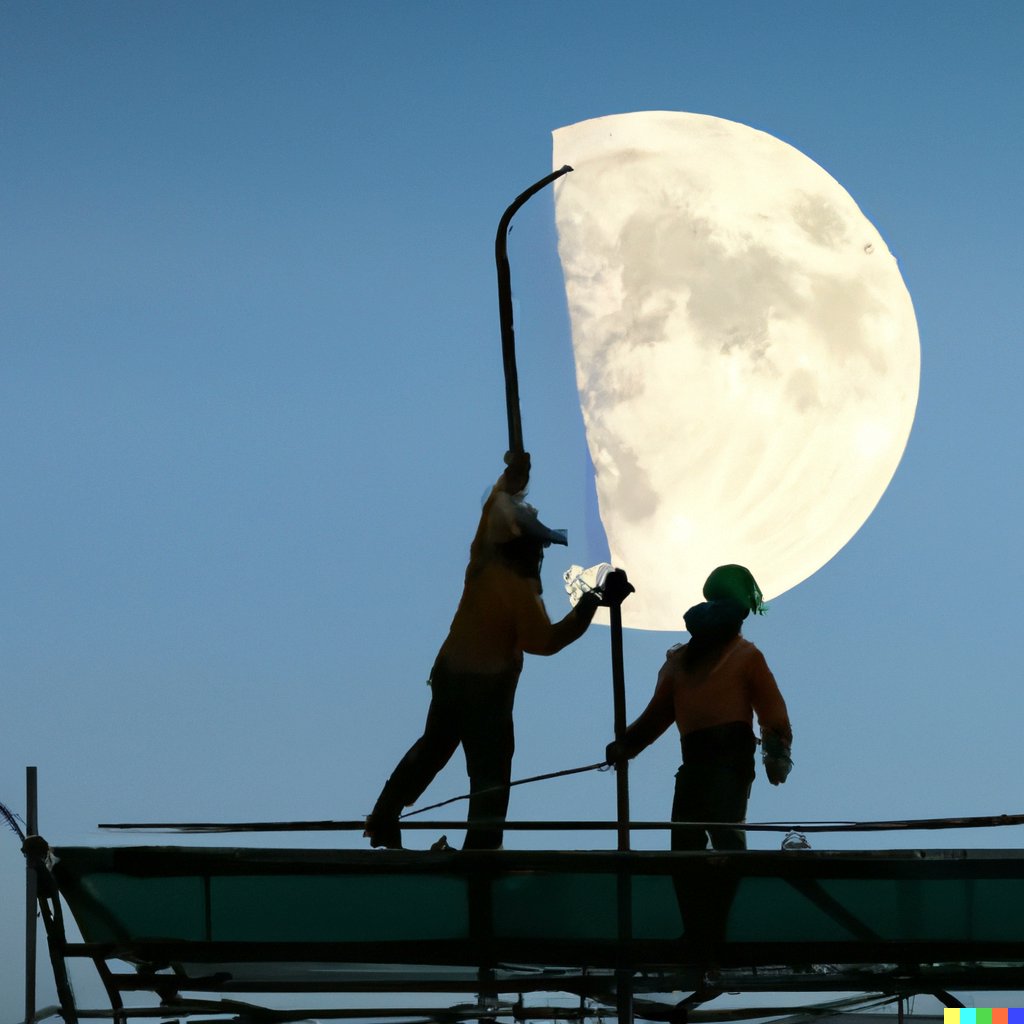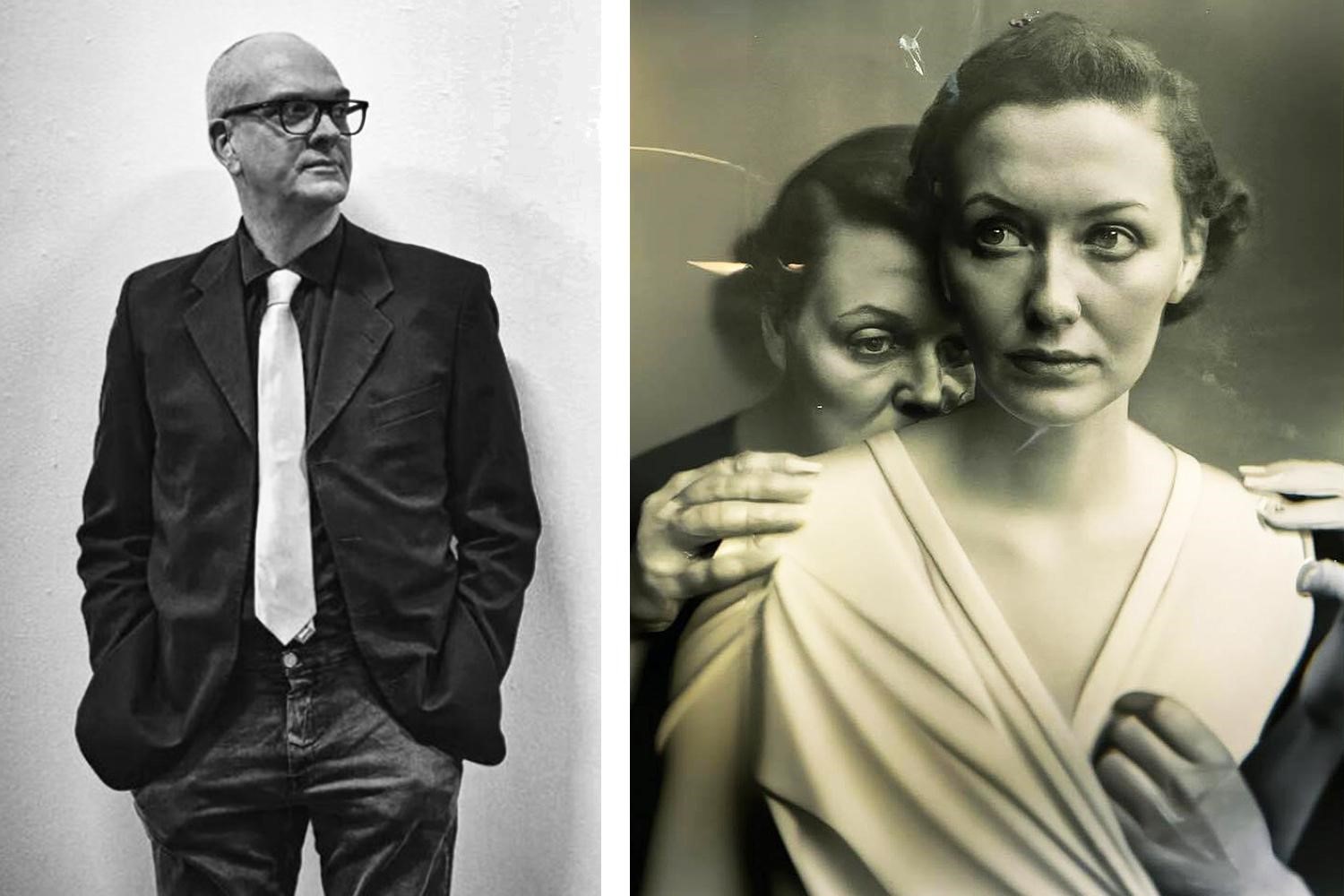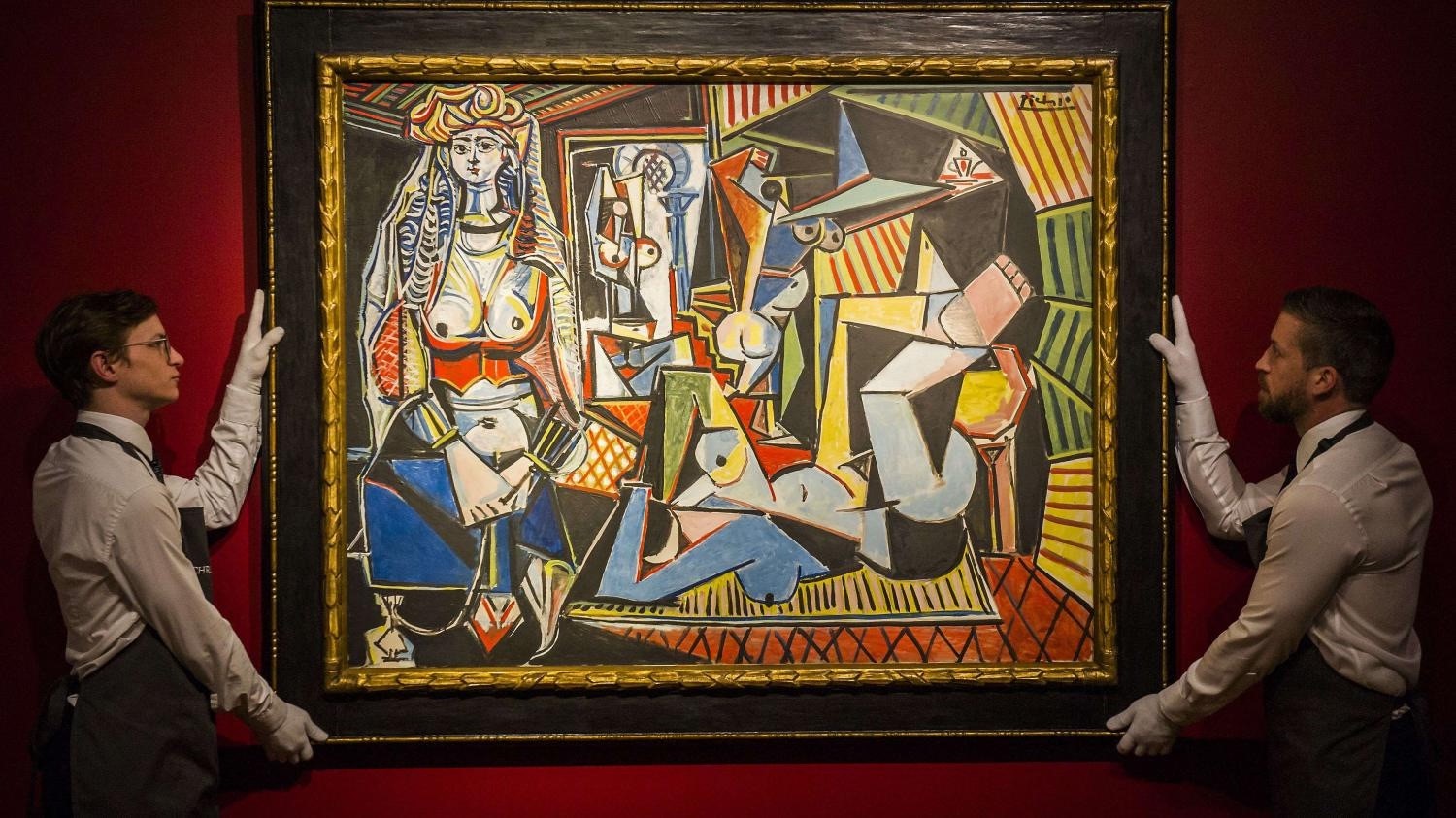There has been a lot of discussion and debate about whether artificial intelligence (AI) is getting creative and replacing human creativity. Some people argue that AI is becoming increasingly sophisticated and capable of creating original and innovative ideas, while others believe that human creativity is irreplaceable and that AI can only imitate or augment human creativity, not replace it.
On one hand, there are examples of AI being used to generate creative content, such as music and art. For instance, there are AI programs that can compose music in various styles or create paintings and drawings in the style of famous artists. Some of these AI creations have even been exhibited in galleries and received critical acclaim.
However, while AI may be able to generate creative content, it is still limited in its ability to truly understand and replicate human creativity. Creativity requires more than just technical skills – it requires empathy, insight, and a deep understanding of human emotions and experiences. AI may be able to replicate certain elements of creativity, but it cannot fully capture the unique perspective and emotional depth that human creativity brings.
Furthermore, the use of AI in creative fields raises ethical concerns about the potential for AI to replace human jobs. While AI can potentially assist with certain tasks and improve efficiency, it should not be used to completely replace human creativity and artistic expression.
Ultimately, it is important to recognize that AI and human creativity are not mutually exclusive – they can coexist and work together to create new and innovative ideas. AI can be a useful tool for augmenting human creativity, but it should not be seen as a replacement for it. Human creativity is a unique and valuable asset that should be celebrated and nurtured, not replaced by technology.
But the question is, will you, the audience, intellectual human beings accept this algorithm-driven machine-generated content to entertain themselves?
You will. If you are reading this far of this article, you definitely will enjoy the content without drawing a line to separate this creative content as machine-made or human-made with pure human creativity and understanding. Because you just DID. All the content I put through this article so far is generated by an artificial intelligence natural language processing program developed by Open AI called ChatGPT. It was just a simple Ctrl + C and a Ctrl + V.

ChatGPT is a chatbot developed and published by a US-based artificial intelligence research firm called Open AI which is cofounded by Elon Musk, Sam Altman, and a group of other motivated researchers. This chatbot is powered by a Generative Pre-trained Transformer 3.5 (GPT-3.5) an autoregressive language model developed by the same company. This model allows us to understand natural language and generate human-like text with a surprising amount of fluency and accuracy. GPT-3 works by pre-training a deep neural network on a massive dataset with 175 billion parameters and text. Then it has been fine-tuned for specific tasks, such as answering questions or generating text.
Beyond its proficiency in generating text, AI has made significant strides in the realm of visual content creation. Today, advanced AI tools empower us to generate images and videos by providing them with descriptive text prompts. One notable example is Dall.E-2, developed by OpenAI, the same company behind the renowned ChatGPT. Dall.E-2 unlocks a new creative milestone by enabling the generation of images that stretch the limits of our imagination.

By leveraging Dall.E-2, we gain the ability to materialize images that were previously unimagined. This groundbreaking technology invites us to explore uncharted artistic territories and tap into novel forms of expression. With Dall.E-2, we can push the boundaries of visual storytelling, offering captivating visuals that were once solely the product of human imagination.
This remarkable AI tool holds vast potential across various domains. From design and advertising to entertainment and virtual worlds, Dall.E-2 empowers creators to bring their visions to life with remarkable ease and speed. With just a textual description, we can make up vibrant scenes, surreal landscapes, intricate objects, and even intricate animations. The possibilities seem limitless as Dall.E-2 allows us to delve into unexplored visual realms and unravel new narratives.
There are some prime examples of the limits of human imagination having fun with these AI tools,


While AI tools like Dall.E and ChatGPT offer impressive capabilities, it’s important to acknowledge the potential risks they bring. One key concern revolves around the potential reinforcement of biases inherent in the training data. If the data used to train these models contains biases or discriminatory patterns, there’s a possibility that the AI tools may inadvertently perpetuate and amplify such biases when generating text or images. Another worrisome aspect is the potential for malicious exploitation. AI-generated content could be exploited to disseminate false information, create convincing deep fake videos, or deceive unsuspecting individuals. The ability to produce incredibly lifelike yet fabricated content raises ethical questions regarding trust, authenticity, and the potential for misuse. Striking a delicate balance between technological progress and responsible development is crucial to ensure that AI tools like Dall.E and ChatGPT are utilized in ways that benefit society while effectively mitigating their inherent risks.
The emergence of AI tools has brought both exciting possibilities and apprehensions to the world of artwork creation. However, one area of concern lies in the potential for cheating and manipulation. As AI-powered tools continue to evolve, there is growing apprehension about the manipulation and alteration of artworks in ways that challenge traditional notions of authenticity and authorship. These tools enable the creation and modification of images in a manner that blurs the lines between what is genuine and what is artificially generated. This raises ethical questions surrounding the integrity of artistic expression and the preservation of originality. Moreover, the ease with which established styles can be replicated or famous artists can be imitated further complicates issues of attribution, ownership, and artistic intent. It is imperative that we critically examine these ethical implications and establish safeguards to protect the integrity of the artistic community in this age of advancing AI technology.
The latest example of this is the previously held Sony World Photography Awards competition. It is one of the most renowned photography competitions and exhibitions among the photography and creative community. And a German artist named Boris Eldagsen won the prize for the creative open category. But after the winners were announced, he spoke up and revealed that his entry for the competition is not a real photograph and was generated using an AI image processing tool. And respectfully refused to take the prize. Eldagsen, an artist with a diverse background in photography, visual arts, conceptual art, and intermedia, actually experimented. With an eye-opening statement, he told that he wanted to make a conversation within the creative community about the threats and the future of creative work with the emerging technologies of AI tools.

With all these stories and facts, a very interesting question emerges, is AI getting creative and has already exceeded the capabilities and the potential of a real human artist? Is AI-generated content a result of a highly advanced creative process? The simple answer is no. These tools are trained on vast amounts of data, which can include text, images, audio, or video. And this content is a result of a computerized algorithm, not a result of a computerized creative process or understanding. To be fair these are not marvels of art and creativity. These are some genius use cases of mathematics and statistics.
For text generation, AI models such as ChatGPT and Bard undergo training using extensive datasets comprising a wide array of human language samples. Throughout the training process, these models acquire the ability to discern patterns, structures, and connections within the text they are exposed to. By assimilating the intricacies of grammar, semantics, and context, they gain the capacity to generate responses that are both coherent and contextually appropriate. This training empowers these models to comprehend and replicate the intricacies of human language, resulting in their remarkable ability to produce meaningful and relevant textual output.
Image and video generation tools, such as Dall.E, use similar principles, but with visual data. These models are trained on extensive image datasets, where they learn to identify objects, textures, shapes, and other visual features. By recognizing patterns in the training data, they can generate new images or modify existing ones based on textual prompts.
During the training process, AI models undergo an intricate optimization of their parameters, aiming to reduce disparities between their generated output and the intended output. Through multiple iterative training iterations, these models gradually acquire the ability to generate content that resonates with the patterns and qualities ingrained in the training data.
Once the training is complete, AI tools leverage the acquired knowledge and patterns to generate content in response to user inputs or prompts. By employing statistical probabilities and associations acquired during training, these tools craft output that seeks to be both relevant and meaningful within the specific context at hand. The output is a product of the model’s understanding of the data it has been exposed to, and it aims to provide coherent and contextually appropriate content based on the information provided.

So it’s clear that AI-generated content is not a result of conscious creativity or understanding. Instead, it relies on statistical patterns and associations learned from the training data. The generated content is a representation of what the model has learned from its training, and it may have limitations or biases based on the data it was trained on.

However, behind a painting by a real artist, there is some real and complex thinking and creative process. There is still no AI tool that can generate a painting like DaVinci’s The Last Supper or Mona Lisa. There is still no AI tool that can generate a poem like The Seven Stages of a Man by Shakespeare (Well, that is a close call.). There is still no AI tool to create a masterpiece like Beethoven’s Moonlight Sonata or Vivaldi’s Four Seasons. These AI tools can indeed imitate those masterpieces, but they still cannot imitate the depth and the thinking of a brush stroke of Van Gogh or Pollock, or Kandinsky. These AI tools are surprisingly good at generating some content as a result of a mathematical model. But they are no closer to the thinking and the understanding of creative homo sapiens.
Image Courtesies:
- Featured Image: http://bitly.ws/ImPX
- Image 1: http://bitly.ws/ImPF
- Image 2: http://bitly.ws/ImPQ
- Image 3: http://bitly.ws/ImPX
- Image 4: http://bitly.ws/ImQ8
- Image 5: http://bitly.ws/ImQc
- Image 6: http://bitly.ws/ImQk
- Image 7: http://bitly.ws/ImQs
